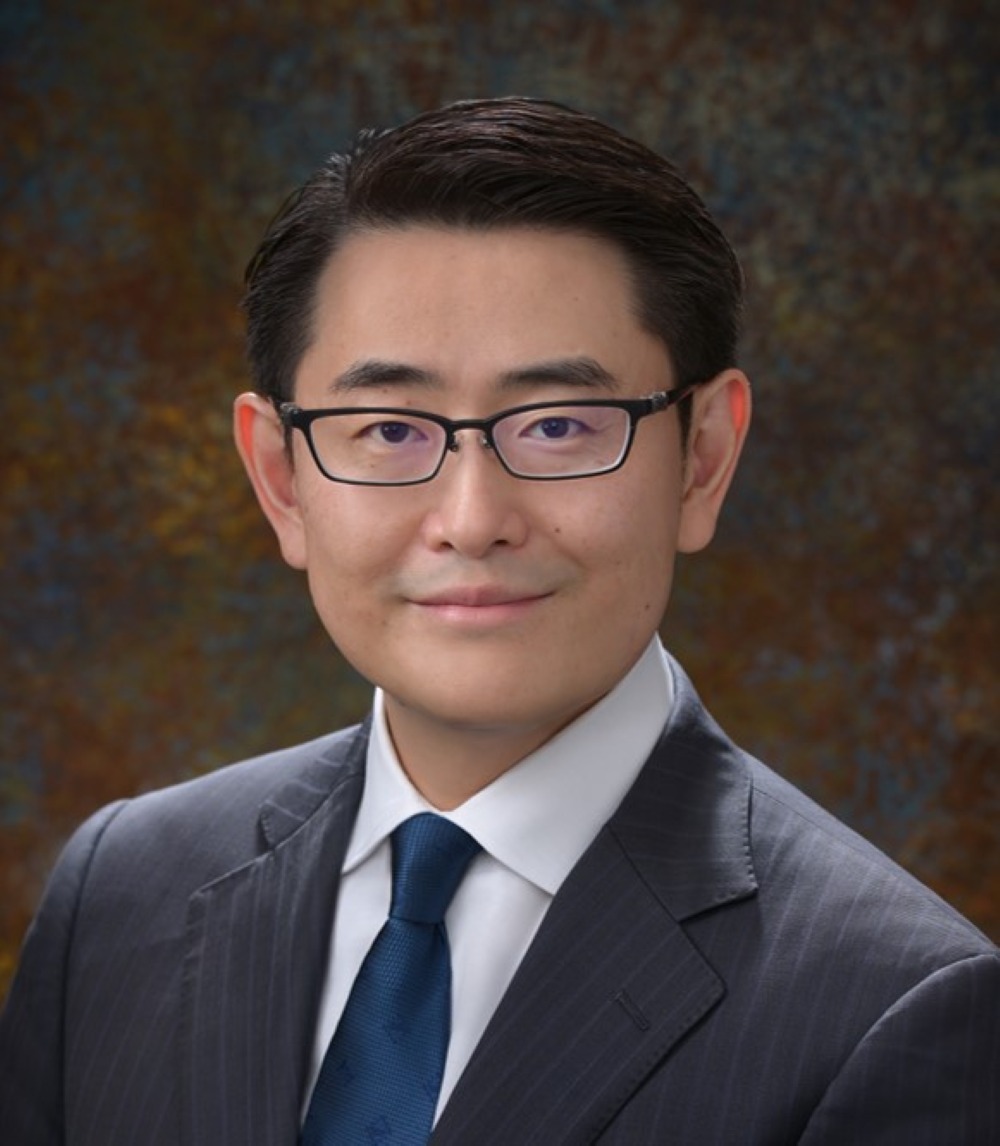Shoji Sunao
Prof. Sunao Shoji is a board-certified urologist and professor with extensive clinical and research experience in prostate cancer diagnostics and minimally invasive therapies. He received his M.D. from Tokyo Medical University in 2002, followed by surgical residency at St. Luke’s International Hospital and urology training at Tokai University. He later completed a research fellowship at the University of Southern California (2011–2013) and earned an MBA in healthcare management from the International University of Health and Welfare in 2020.
He has held multiple academic appointments at Tokai University, rising through the ranks to become Professor and Chairman of the Department of Urology in 2024. He also serves as Director of the Robotic Assisted Surgery Center at Tokai University Hospital.
Prof. Shoji holds board certifications from the Japan Urological Association and the Japanese Cancer Therapy Society, and is certified in laparoscopic and robotic-assisted surgery as well as medical AI.
His clinical expertise includes over 1,600 cases of MRI-TRUS fusion image-guided prostate biopsy and more than 450 cases of focal therapy using high-intensity focused ultrasound (HIFU) for localized prostate cancer.
Prof. Shoji has received several academic distinctions, including Best Poster Awards from the American Urological Association and the World Congress of Endoscopic Surgery, as well as a Top 10 Abstract Award from the Engineering and Urology Society.
15th August 2025
| Time | Session |
|---|---|
|
13:30
15:00
|
Advancing Focal Therapy in Localized Prostate Cancer: From Patient Stratification to Post-HIFU Management
TICC - 1F 101B
|
16th August 2025
| Time | Session |
|---|---|
|
12:00
13:00
|
Advancing Focal Therapy with HIFU for Localized Prostate Cancer
TICC - 2F 201AF
|

